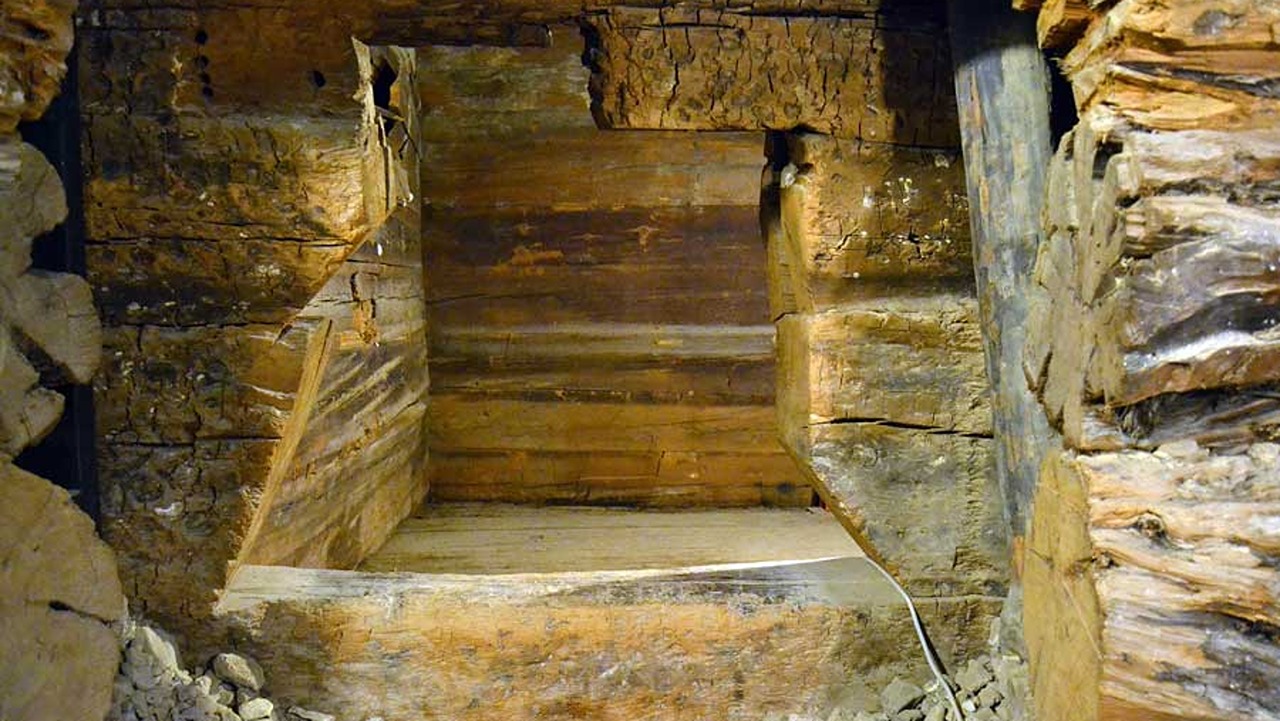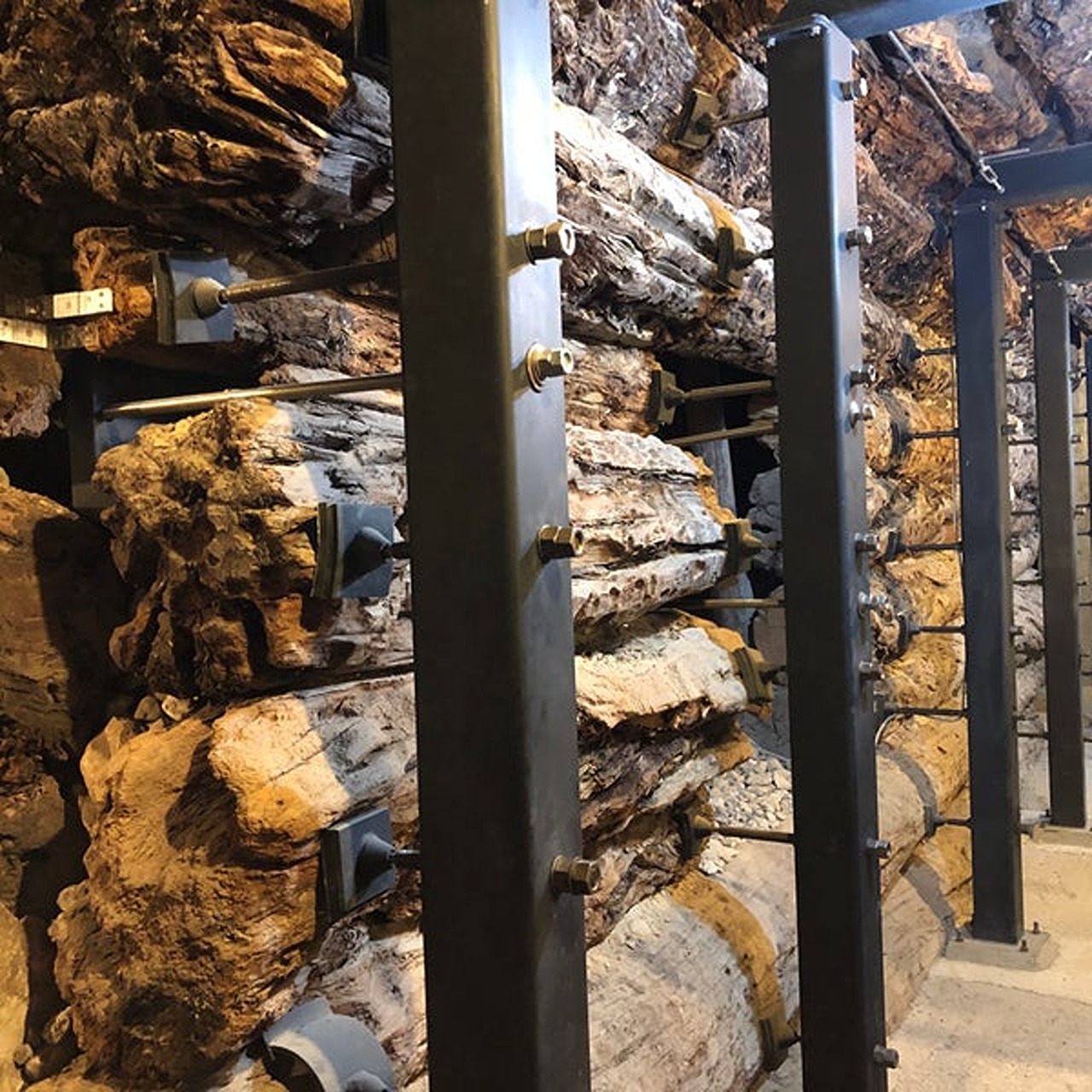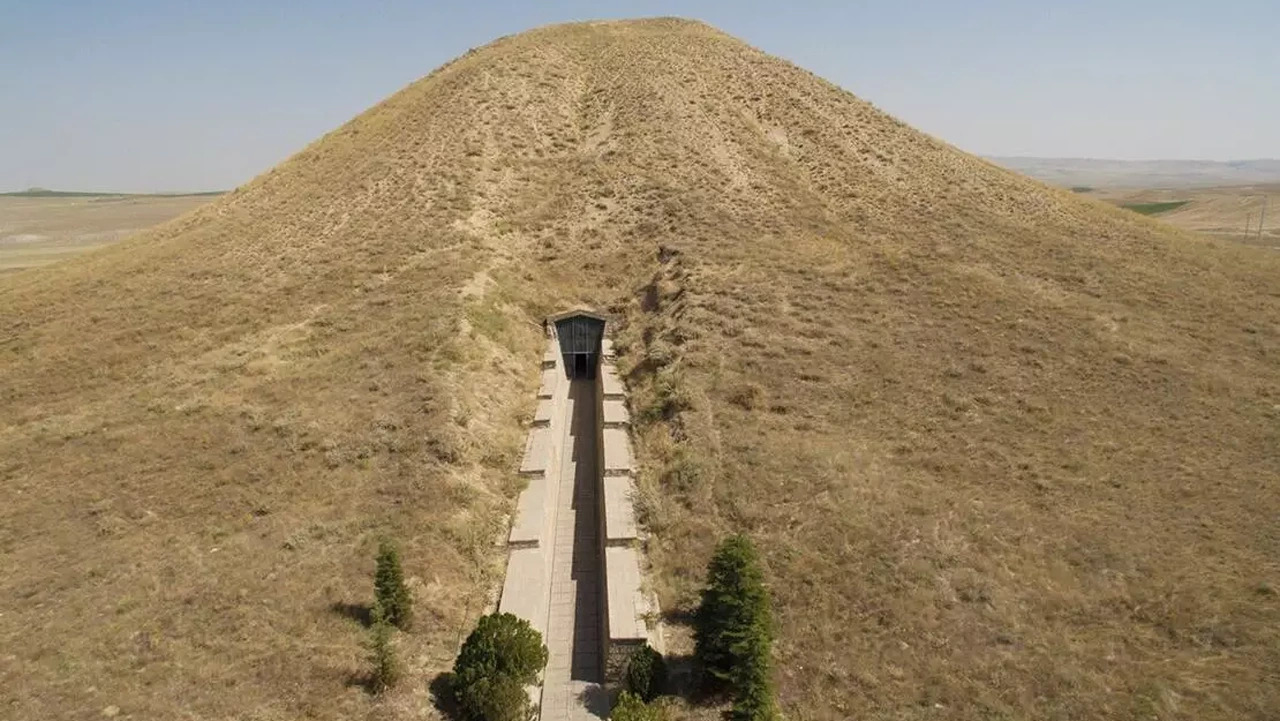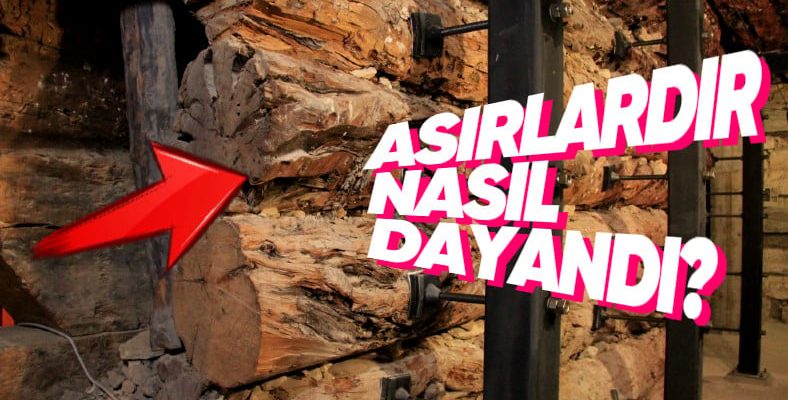Today, Ankara hosts a very important civilization. King Midas Tumulus, located in Polatlı district, where Phrygians are known to have lived centuries ago, appears today as the oldest example of a wooden structure in the world.
It is known that the tumulus, which was discovered in 1957 and covered with a pile of soil, is the tomb of the Phrygian King Midas. Especially in the region You are 128 tumulus He is the biggest and most spectacular.
Gordion Ancient City This region, known as , has a very important position in Anatolia. In the 9th century BC, it took the form of a castle-city with the Phrygians and today it attracts attention as the most important representative of historical culture.
Approximately 750 historical artifacts are exhibited in the Gordion Museum.
In particular, we will discuss in the article Fibulae from the Great Tumulus, bowls, decorations and many historical artifacts are exhibited in this museum. In addition, it is possible to see pottery from the Old Bronze Age here. But there is another detail that excites us all: the oldest and strongest wooden structure in the world belongs to the Phrygians here!
How is it that even concrete buildings built today are damaged by the slightest tremor, but have remained intact for thousands of years? Can a “wooden” structure survive?
In the 800s BC, the city of Gordion experienced its heyday during the reign of the Phrygian King Midas.

Wooden chamber tomb of King Midas in the Midas tumulus
The most important feature of the city is the tumuli. Tumuli are monumental tombs formed by placing wooden tombs in pits opened after the death of kings and noble people, covering them with soil and turning them into tombs. These hills, where nobles and Phrygian kings are buried, constitute the most striking part of the city. It is talked about because of its size. Midas Tumulus, It is the second largest tumulus after Alyattes.
What is remarkable about this mausoleum and has been on the agenda lately is that the burial chamber in the Tumulus is the oldest surviving wooden structure in the world. The material used in this structure, which was built in the form of a burial chamber, was cedar, pine and juniper trees used. The common features of these trees are that they are durable and long-lived. That’s why three trees are generally preferred in construction work.
Grave traditions are likened to the ‘kurgan’ tradition of the Turks.

King Midas burial chamber made with wooden bell technique in Yassıhöyük Midas tumulus
Traditions such as burying the dead with their belongings and leaving gifts to their loved ones have also been seen in Turkish history with the kurgan tradition. This mausoleum, the second largest tumulus, is 300 meters in diameter and 53 meters high.. It was made using the wooden bell technique used in its construction, and the burial chamber and its contents are very well preserved. Today, a small form of this structure is exhibited in the Anatolian Civilizations Museum.
Midas Tumulus, other from the Phrygian tumuli It has a different structure. The burial chamber was built on the ground instead of being buried underground. The burial chamber is surrounded by a wall consisting of 3-meter-high limestone blocks, and the inside of this wall is filled with small rubble stones.
The interior and exterior of the tomb were designed separately.

The interior of the tomb structure is designed as a drum supported by beams extending in four directions and balancing the pressure of the rubble stones. The exterior is made of large-sized wooden logs using the bell technique. It functions as a coating. This outer section is used as a platform on which the upper beams rest.
Juniper and cedar trees were preferred in the construction of the outer structure. The internal dimensions of the burial chamber are 6.20 x 5.15 meters and its height is 3.5 meters. There is no entrance door to the burial chamber. The roof is designed as a hipped roof and has double skin. A stone pile of about 4 meters was added to the roof, and piles of soil and clay were placed on top of this pile. This giant structure, which was built with tremendous workmanship for its period, still maintains its magnificence today.
Researchers who undertook the studies in this region say that only 10% of this region, which was the capital of the Phrygians, can be accessed. There is only one explanation for why it remains the oldest surviving wooden structure: Good and solid workmanship. The region is always open to visitors who want to visit and see these huge structures in place.
RELATED NEWS
What Did History’s Greatest Ancient Cities Look Like in Their Good Old Days?
RELATED NEWS
What’s Actually Inside These Mysterious Structures, Which Most People Think Are Just An Ordinary Hill? (There Are Hundreds in Turkey!)
RELATED NEWS
